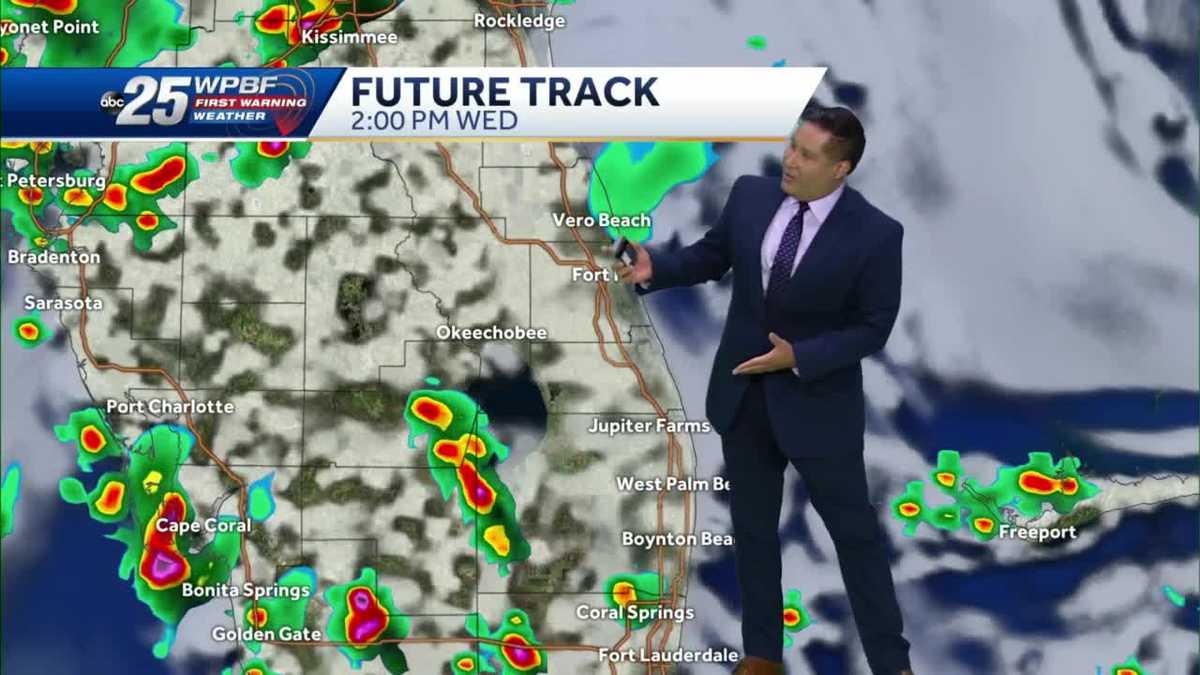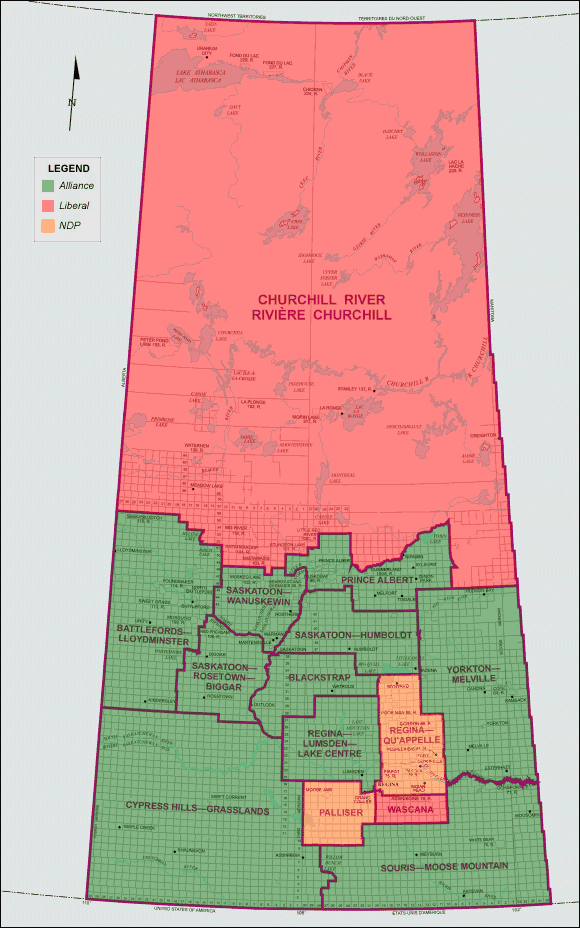Drier Weather Ahead: Your Guide To Seasonal Adjustments

Table of Contents
Protecting Your Garden During Drier Weather
Drier weather puts significant stress on gardens. Implementing smart watering techniques and choosing the right plants are vital for maintaining a lush and vibrant landscape, even during periods of low rainfall. Let's explore how to best protect your garden from the effects of drier weather.
Smart Watering Techniques
Efficient watering is crucial during drier weather. Avoid wasteful practices and focus on techniques that maximize water absorption and minimize evaporation.
- Deep, Infrequent Watering: Instead of frequent shallow watering, water deeply and less often. This encourages deeper root growth, making plants more resilient to drought.
- Soaker Hoses and Drip Irrigation: These methods deliver water directly to the roots, minimizing evaporation and runoff. They are far more efficient than sprinklers, which lose significant amounts of water to evaporation.
- Optimal Watering Times: Water early in the morning or late in the evening. This allows the water to soak into the soil before the sun evaporates it.
- Mulching for Moisture Retention: Apply a layer of mulch (straw, wood chips, or compost) around plants to retain soil moisture, suppress weeds, and regulate soil temperature.
- Monitor Soil Moisture: Regularly check soil moisture levels using a moisture meter to avoid overwatering or underwatering.
Choosing Drought-Tolerant Plants
Selecting plants adapted to drier conditions is essential for a low-maintenance and water-wise garden.
- Native Plants: Prioritize native plants; they are naturally adapted to your local climate and require less water.
- Grouping Plants: Group plants with similar water needs together for easier management and more efficient watering.
- Xeriscaping: Consider xeriscaping techniques – landscaping designed to conserve water – to create a beautiful and drought-resistant garden. This often involves using gravel, rocks, and drought-resistant plants.
Preparing Your Home for Drier Weather
Drier weather increases the risk of fire hazards and also leads to lower indoor humidity levels. Taking proactive measures to protect your home is crucial for safety and comfort.
Preventing Fire Hazards
Preventing fires is paramount during drier weather. Dry vegetation and debris become highly flammable.
- Gutter and Downspout Maintenance: Regularly clean gutters and downspouts to remove leaves and debris which can easily ignite.
- Flammable Material Removal: Keep flammable materials such as dry leaves, brush, and wood piles away from your house. Properly dispose of these materials.
- Vegetation Management: Maintain a safe distance between your home and any vegetation. Trim trees and shrubs regularly to prevent them from encroaching on your house.
- Fire Protection Systems: Consider installing a sprinkler system designed for fire protection around your home.
Conserving Water Indoors
Conserving water indoors is important year-round, but particularly crucial during periods of drier weather.
- Repair Leaks: Fix leaky faucets and toilets promptly to prevent water wastage.
- Low-Flow Fixtures: Install low-flow showerheads and faucets to significantly reduce water consumption.
- Efficient Lawn Watering: Apply the smart watering techniques mentioned above to your lawn.
- Rainwater Harvesting: Collect rainwater in barrels for watering your garden.
Maintaining Indoor Humidity
Drier weather often leads to low indoor humidity, especially during heating season. This can negatively impact your health and comfort.
- Humidifier Use: Use a humidifier to increase the moisture content of the indoor air.
- Houseplants: Strategically place houseplants to naturally increase humidity levels.
- Heating System Management: Avoid excessively drying the indoor air with your heating system.
Conclusion
Successfully navigating drier weather requires proactive planning and preparation. By implementing the strategies outlined in this guide, you can effectively protect your garden and your home from the effects of decreased moisture and increased fire risk. Remember to adjust your watering techniques, choose drought-tolerant plants, and take steps to prevent fire hazards. Don't wait until the drier weather arrives – start preparing now! Take control of your landscape and home's well-being by understanding how to effectively manage your property during drier weather. Start protecting your home and garden today against the challenges of drier weather.

Featured Posts
-
 A Luxurious Roman Celebration Designer Athena Calderones Milestone Event
May 21, 2025
A Luxurious Roman Celebration Designer Athena Calderones Milestone Event
May 21, 2025 -
 Investment In D Wave Quantum Qbts Factors Contributing To Recent Gains
May 21, 2025
Investment In D Wave Quantum Qbts Factors Contributing To Recent Gains
May 21, 2025 -
 Matt Lucas And David Walliams Cliff Richard Musical One Big Snag
May 21, 2025
Matt Lucas And David Walliams Cliff Richard Musical One Big Snag
May 21, 2025 -
 3 1
May 21, 2025
3 1
May 21, 2025 -
 Architektin Bestimmt Finale Bauausfuehrung Vor Ort
May 21, 2025
Architektin Bestimmt Finale Bauausfuehrung Vor Ort
May 21, 2025
Latest Posts
-
 Saskatchewan Political Panel Interpreting The Federal Election Results
May 22, 2025
Saskatchewan Political Panel Interpreting The Federal Election Results
May 22, 2025 -
 Musics Reach Defining The Sound Perimeter Of Collective Experience
May 22, 2025
Musics Reach Defining The Sound Perimeter Of Collective Experience
May 22, 2025 -
 Investigating The Sound Perimeter Effect Of Music
May 22, 2025
Investigating The Sound Perimeter Effect Of Music
May 22, 2025 -
 The Goldbergs Character Profiles And Relationships Explored
May 22, 2025
The Goldbergs Character Profiles And Relationships Explored
May 22, 2025 -
 The Saskatchewan Political Panel And The Future Of Western Canada
May 22, 2025
The Saskatchewan Political Panel And The Future Of Western Canada
May 22, 2025
